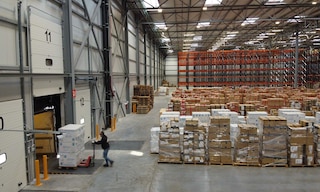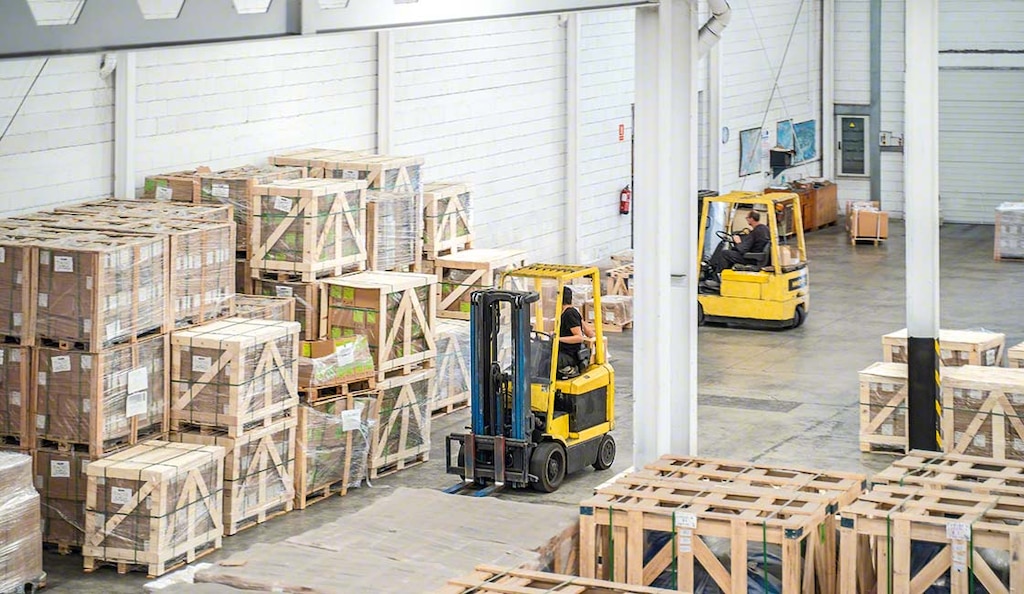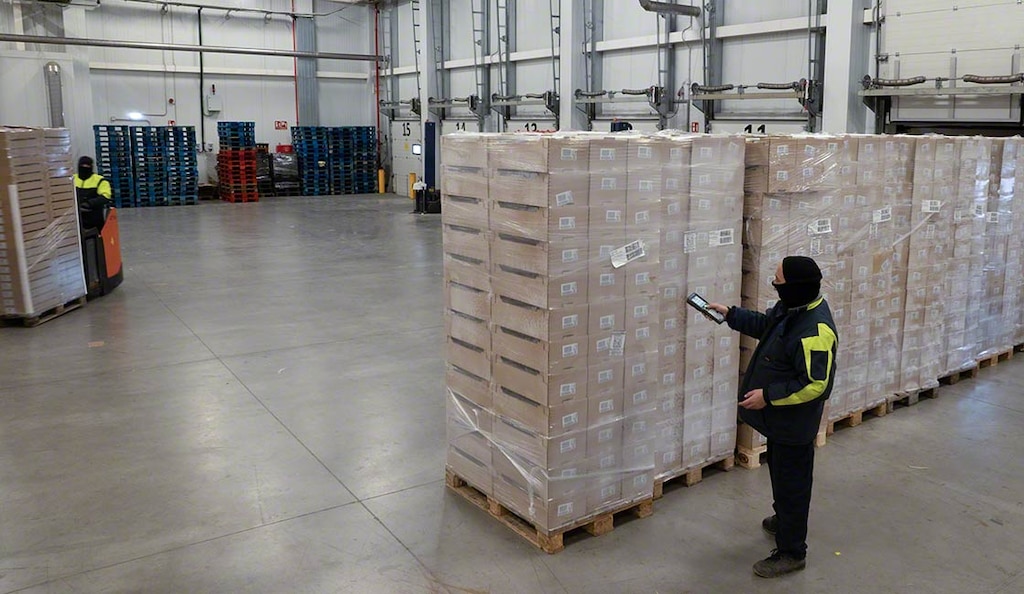
Freight deconsolidation: a key inbound operation
Freight deconsolidation is a process that consists of separating goods that have been previously consolidated into a larger transport unit.
Freight deconsolidation operations have become popular due to the growth of groupage within the supply chain, especially on the part of logistics providers. Companies group loads together to avoid fragmented shipments, thus reducing the costs of distributing the goods. However, when applying this operation, the opposite process must be performed once the shipment is received.
What is freight deconsolidation?
Freight deconsolidation is an operation where multiple individual orders are unbundled into smaller packages.
To deconsolidate the cargo of a shipment, the goods must have been previously consolidated into a single shipment and recorded on a single delivery note. After deconsolidation, the cargo is checked and a new transport document is generated for each order.
Freight deconsolidation is normally carried out in a designated area of the warehouse such as the loading docks or deconsolidation zone. In intermodal transport, freight deconsolidation also takes place in specific areas of airports, seaports, or rail terminals.
Difference between groupage, consolidation and deconsolidation
The main difference between groupage or cargo consolidation and freight deconsolidation is that the latter process is a consequence of the first two. In other words, freight deconsolidation takes place as long as the goods have been consolidated or grouped beforehand.
Nevertheless, the groupage process shouldn’t be confused with consolidation. On the one hand, groupage combines goods from several customers in the same means of transport (a truck, a container — in the case of maritime or intermodal transport — and so on) to bring down costs. Groupage also enables logistics providers to offer more efficient service by improving the frequency of shipments. Consolidation, on the other hand, isn’t limited to transport, but can also be used as part of other logistics operations. For example, in a warehouse, goods can be consolidated when placing them on the racks or preparing an order made up of different SKUs for the same customer, among other cases.
Advantages of freight consolidation and deconsolidation
The process of freight consolidation and deconsolidation brings the following advantages to companies’ supply chains:
- Cost savings: businesses can group goods to reduce the shipping cost per order.
- Timely order updates: each time a consolidated load is separated and split, the order status is updated and the units that have been received are checked to ensure that they match those that have been shipped.
- Shipment customisation: after deconsolidating the cargo, each order can be dispatched according to the characteristics agreed upon between the shipper and the final consignee, improving the quality of service.
Nonetheless, the freight deconsolidation process does entail some risks. Any delay in the operation could lead to late shipments, resulting in a negative impact on end-customer satisfaction. In addition, the freight deconsolidation process requires smooth communication between carriers, logistics providers and companies involved in this operation.

Freight deconsolidation broken down
In a logistics facility, the freight deconsolidation process starts when carriers deposit all the goods in the receiving area of the loading docks. After receiving the orders, the operators unload the goods from the trucks to begin deconsolidating the load, verifying that the delivery notes match the quantity, model and characteristics agreed upon with the supplier.
With the help of RF scanners, the operators break down the loads according to the needs of the facility, i.e., in full pallets, boxes, or individual product units. Throughout the freight deconsolidation process, it’s vital to record all information on the materials that arrive to control their traceability before they’re stored in the racks. In facilities with a warehouse management system (WMS), these data are computerised in line with the logistics parameters used in the company (usually synchronised with the ERP database).
Customs deconsolidation
In intermodal transport, freight deconsolidation is generally carried out in the primary customs areas authorised for this purpose. In these zones, the receipt, storage and transport of goods entering or leaving the country are carried out.
The first step is to receive the containers and have a customs agent take care of the relevant procedures. To keep legal control of imports, the agent uses the container shipment document, which includes the quantity and total weight of the goods to be shipped and their destinations. Once the freight is deconsolidated, the document for each individual load is checked for correctness and the cargo is stored temporarily in the bonded warehouse. The goods remain under the control of the customs authorities here until they are removed by the logistics provider to their final destination, either inside or outside the customs territory.

Optimise time and resources in freight deconsolidation
Freight deconsolidation is a fundamental stage in companies’ supply chains. After all, the delivery time and quality of the shipment depend on the efficiency of this process. At times, the strain on warehouse access points can hinder freight deconsolidation. Before this becomes critical, it’s advisable to analyse your action strategies, detect areas for improvement and find solutions that speed up operations. Two excellent options are implementing automation systems and digitising your facility.
Feel like you’re missing out on the possibilities that freight deconsolidation could bring to your receiving process? Be sure to contact us. One of our technicians will study the material flows in your warehouse to advise you on the logistics solution that best suits your needs.
